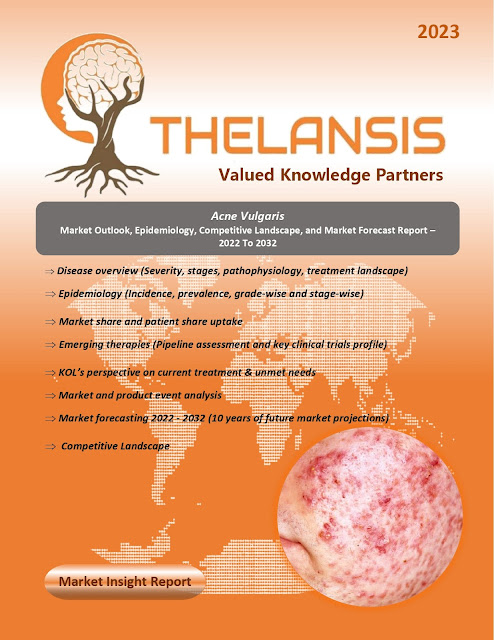Chagas Disease – Market Outlook, Epidemiology, Competitive Landscape, and Market Forecast Report – 2023 To 2033
Chagas disease, also known as American trypanosomiasis, is a zoonotic illness caused by the parasite Trypanosoma cruzi. The disease is primarily transmitted by the reduviid bug, commonly called the kissing bug or triatomine bug. Transmission occurs through contact with the bug's contaminated feces or urine. The parasite enters the body through mucous membranes or open bite wounds. The infective trypomastigote form is most concentrated in the feces of infected reduviid bugs. Alternate routes of transmission include:
- Vertical transmission from mother to fetus, resulting in congenital Chagas disease
- Organ transplantation
- Transfusion of blood and blood products
Upon entering the body through a wound or mucous membrane, the infectious trypomastigote can be found in the bloodstream plasma. The amastigote stage of the parasite resides within pseudocysts located in muscle or nerve cells. The parasite targets the myocardium and myenteric plexus of the gastrointestinal tract, where it multiplies through binary fission. The disease progresses through three phases: acute, indeterminate, and chronic. During the acute phase, symptoms can manifest shortly after infection and persist for approximately two months. Chronic infections can endure for many years. Chagas disease can be treated using medications like nifurtimox and benznidazole, which exhibit over 80% effectiveness during the acute phase. However, they have no impact on the amastigote stage. Management of the chronic phase relies on supportive therapy tailored to the affected organ system. Unfortunately, there is currently no vaccine available for this disease. Prevention methods involve education, improved housing conditions, vector control using bed nets, and screening of blood donations and children in regions where the disease is prevalent.
- In the Americas, Chagas disease has an annual incidence of around 30,000 new cases, resulting in approximately 12,000 deaths annually. Additionally, roughly 9,000 newborns are infected during gestation. It is estimated that about 70 million people in the Americas live in areas with potential exposure to the disease and are at risk of contracting it.
Thelansis’s “Chagas Disease Market Outlook, Epidemiology, Competitive Landscape, and Market Forecast Report – 2023 To 2033" covers disease overview, epidemiology, drug utilization, prescription share analysis, competitive landscape, clinical practice, regulatory landscape, patient share, market uptake, market forecast, and key market insights under the potential Chagas Disease treatment modalities options for eight major markets (USA, Germany, France, Italy, Spain, UK, Japan, and China).
KOLs insights of Chagas Disease across 8 MM market from the centre of Excellence/ Public/ Private hospitals participated in the study. Insights around current treatment landscape, epidemiology, clinical characteristics, future treatment paradigm, and Unmet needs.
Chagas Disease Market Forecast Patient Based Forecast Model (MS. Excel Based Automated Dashboard), which Data Inputs with sourcing, Market Event, and Product Event, Country specific Forecast Model, Market uptake and patient share uptake, Attribute Analysis, Analog Analysis, Disease burden, and pricing scenario, Summary, and Insights.
Thelansis Competitive Intelligence (CI) practice has been established based on a deep understanding of the pharma/biotech business environment to provide an optimized support system to all levels of the decision-making process. It enables business leaders in forward-thinking and proactive decision-making. Thelansis supports scientific and commercial teams in seamless CI support by creating an AI/ ML-based technology-driven platform that manages the data flow from primary and secondary sources.




Comments
Post a Comment